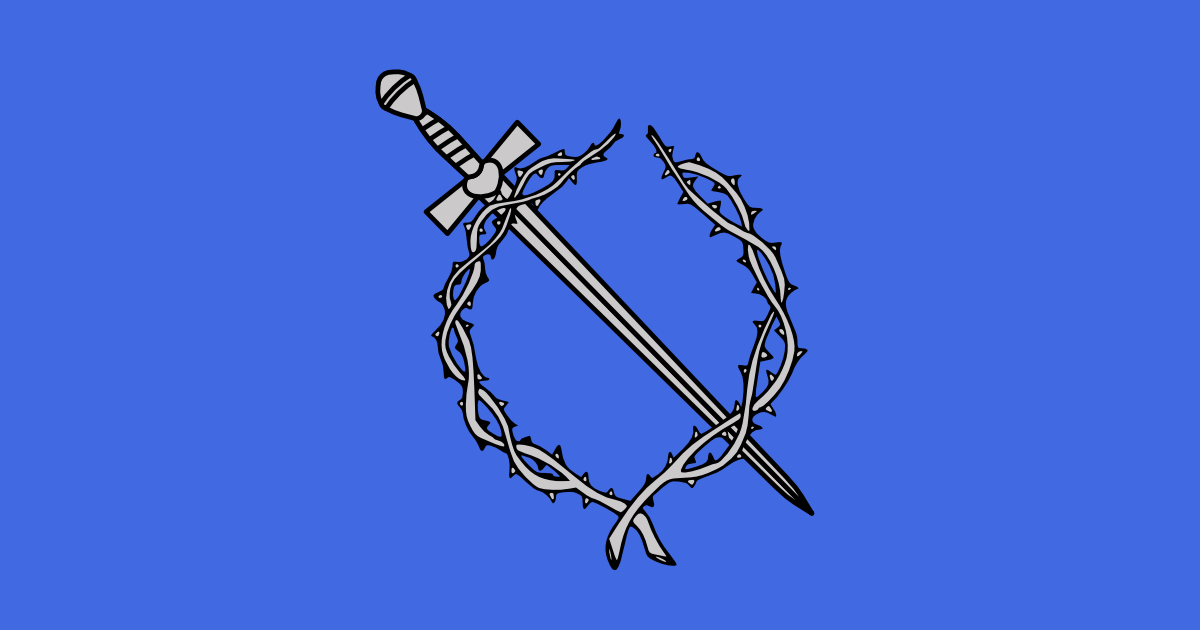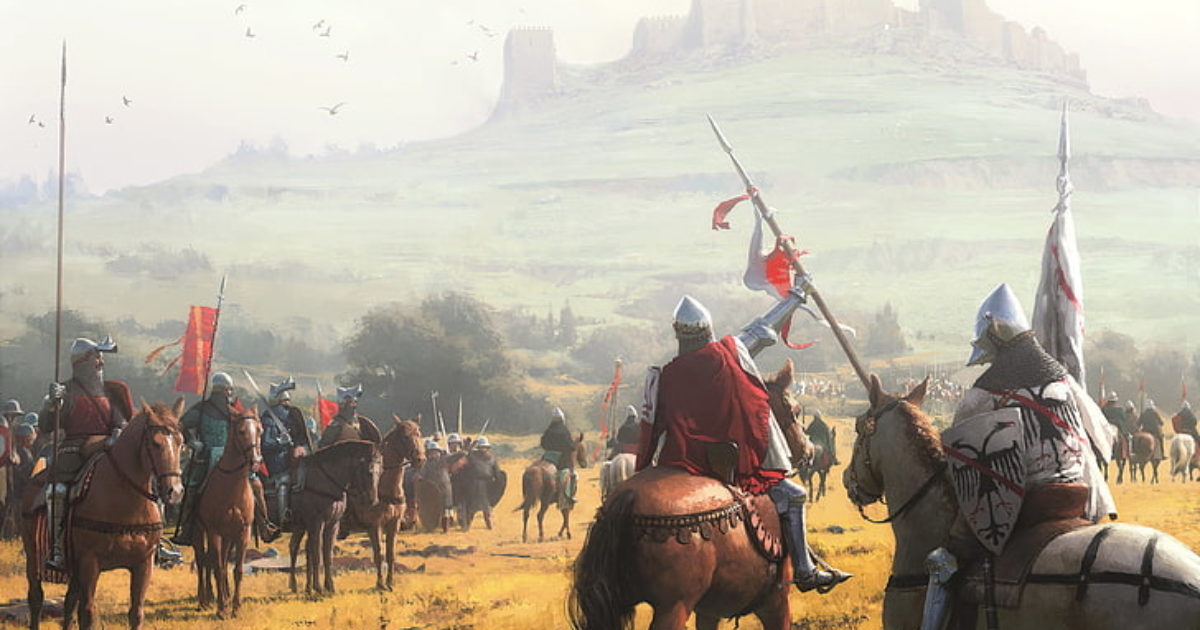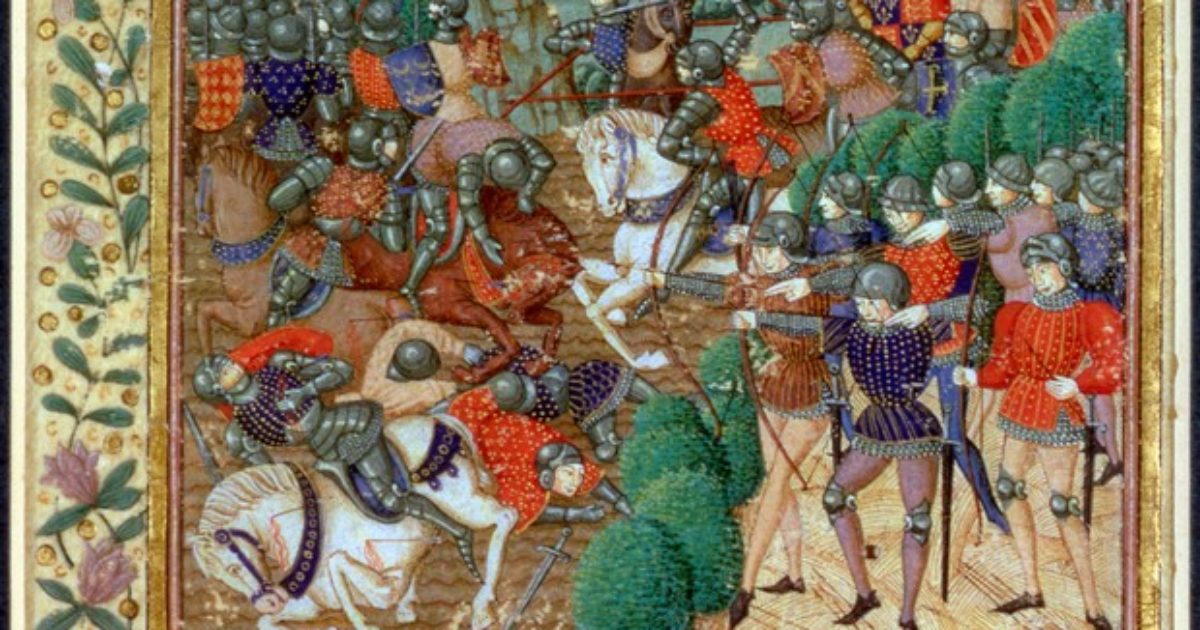
Cut-and-Thrust Intermediate Course (Iron Thorn Manual 1st Edition)
Advanced Guards
In the beginner course you learned the typical guard for cut-and-thrust. There are four other guards that can be used in cut-and-thrust when fencing, which changes how one defends and attacks. The first is the High Guard. In High Guard the sword is raised above the head and the blade behind the fencer angled out allowing for easy and quick diagonal cuts. The Off-hand now comes across the fencer’s front at an angle, allowing the fencer to protect himself with his off-hand. The second guard is the Low Guard. In Low Guard the sword is pointed towards the ground, more relaxed, but again the blade is at an angle, allowing for diagonal cuts (both true edge and false edge) while the off-hand remains in the regular position. The third guard is known as the High Outside Guard. In the High Outside Guard the sword is raised where the hilt is relatively parallel to the cheek, but the hilt is more forward allowing for diagonal cuts and strikes to the back of the head. The off-hand itself is lifted as well. The fourth and final guard is the Outside Guard. In the Outside Guard, the sword is pointed out to the same side as the fighting hand. The Off-hand itself comes up and out, covering between the face and chest to allow for proper blocking.

Feints
Feinting is the practice of broadcasting a false attack to an opponent, allowing you to strike where he is vulnerable. Usual feints would include: feinting high, cutting low, feinting right, cutting left, etc. A feint is a bluff, thus, though it may be effective from time to time, it should not be relied on to gain advantage, as a pattern of feinting will lead your opponent to counter-attack regardless of whether it is real or fake.

Thrusts
Thrusting is a secondary form of attacking in cut-and-thrust. It is an effective form of attack as it is often quick and precise, however it does have its disadvantages, as a deflected thrust could leave a fencer open for a quick counter attack. A thrust really should only be used as a means of correcting a missed attack, or a quick counter if your opponent leaves themselves open.


